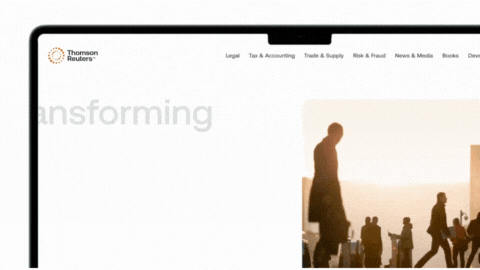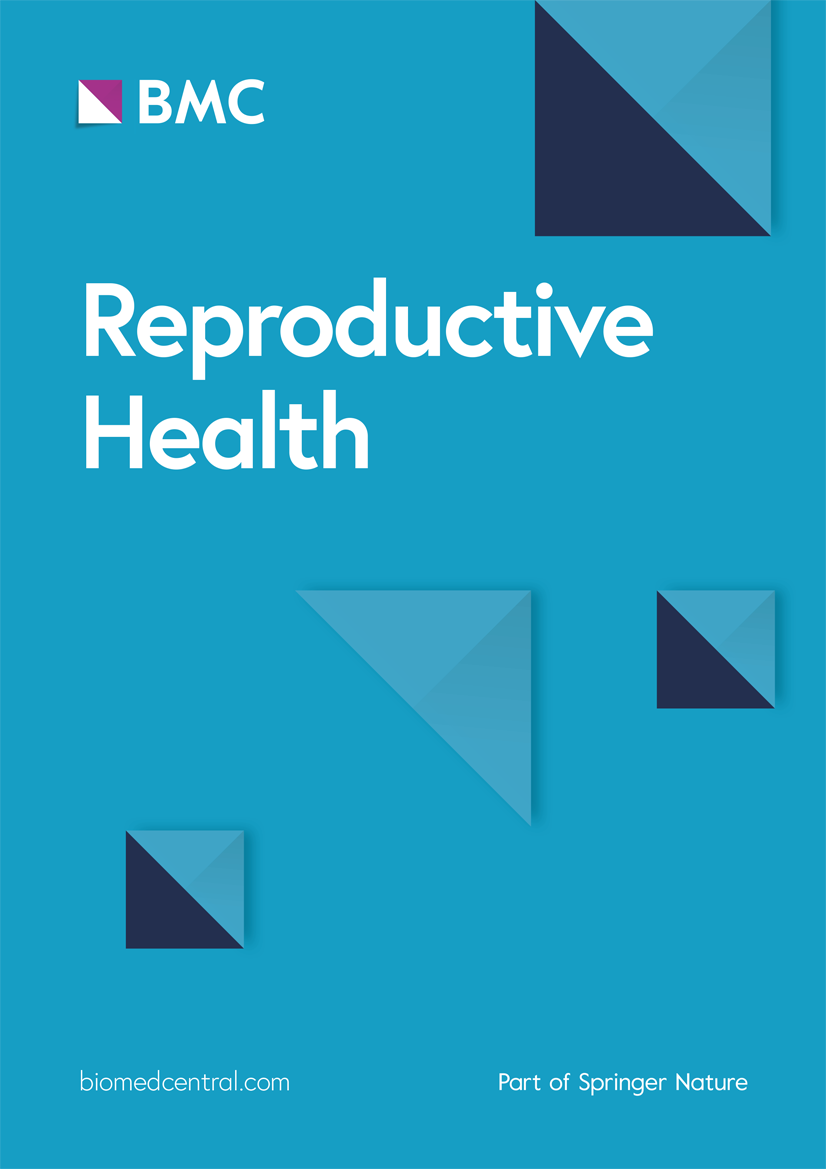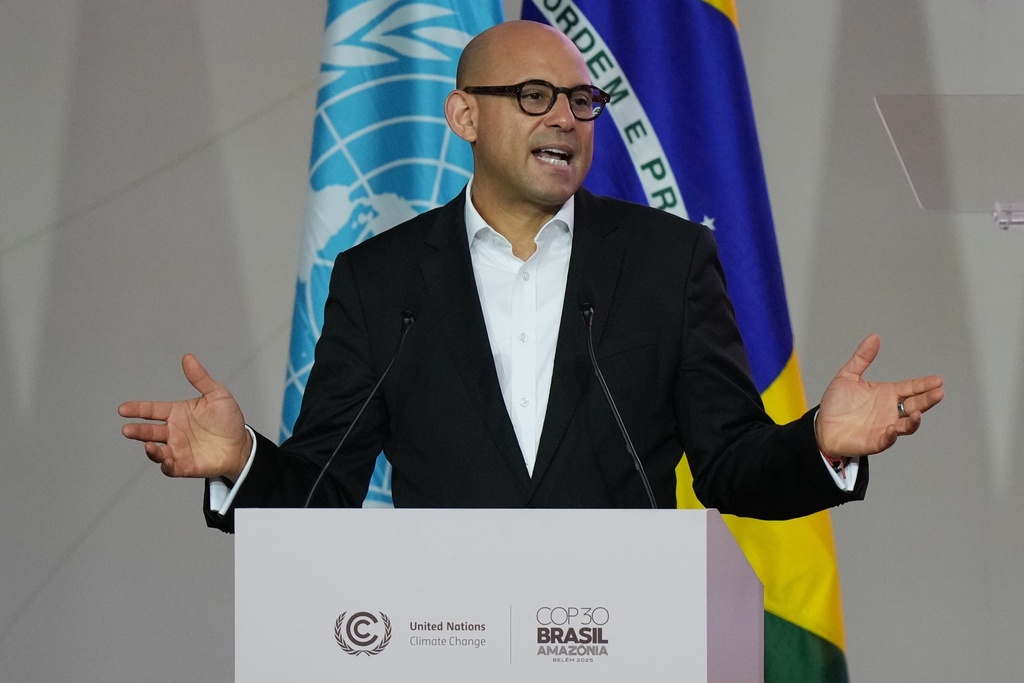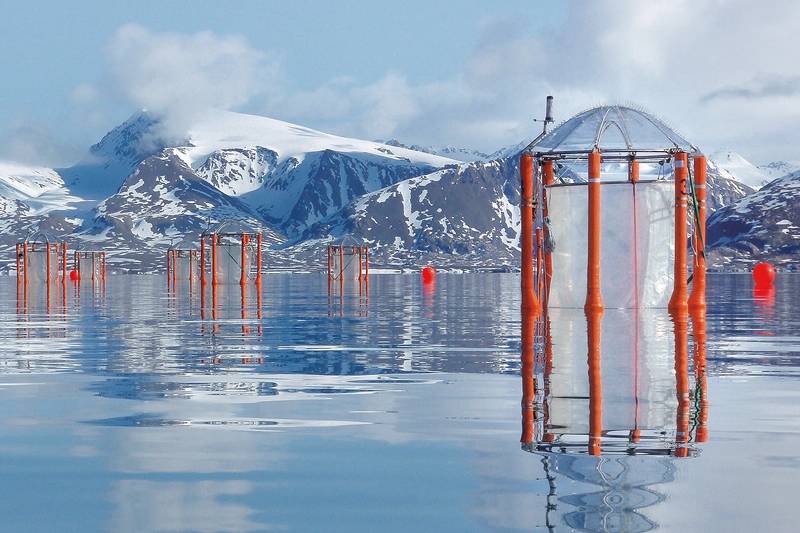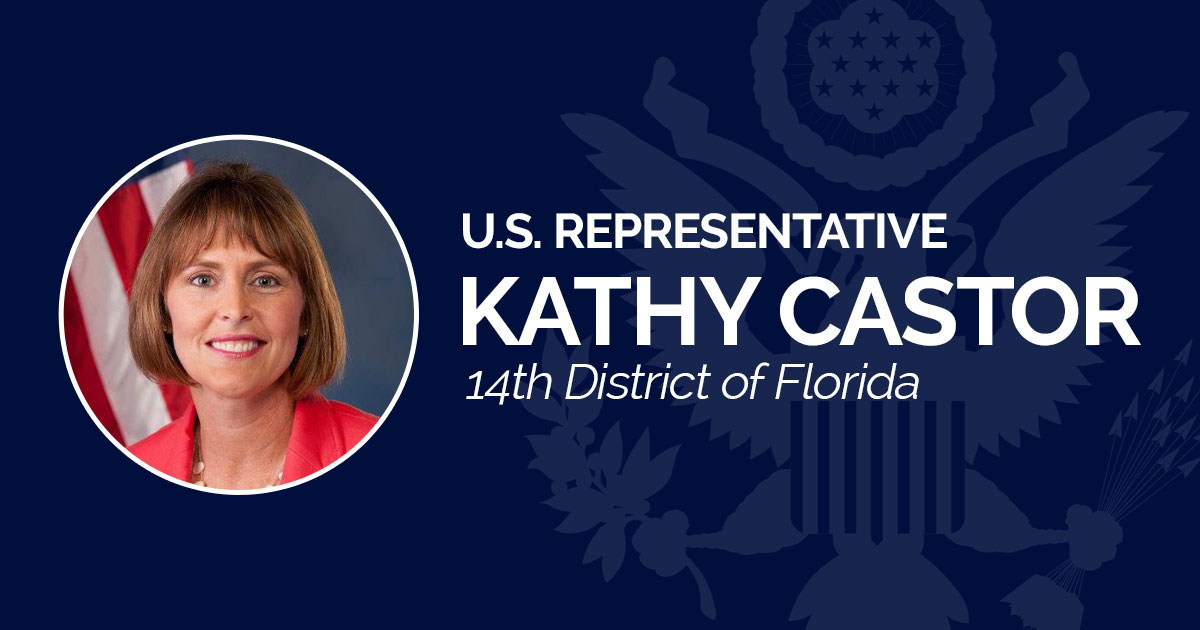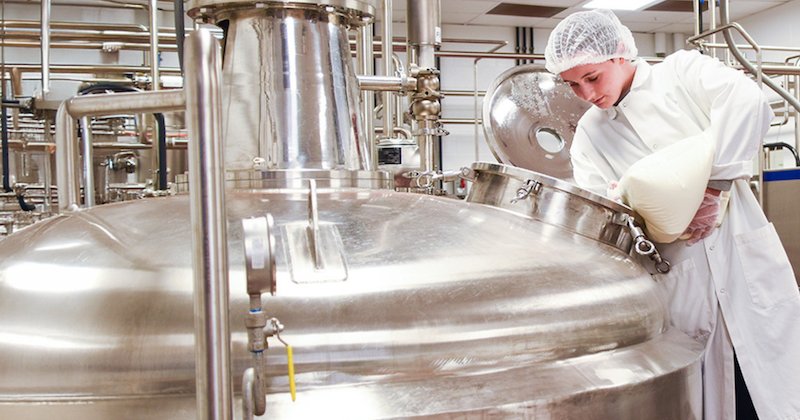Catalyst Power Acquires 4.5 MW CHP Portfolio from Aegis Energy Services – citybiz

Catalyst Power Acquisition Advances Sustainable Development Goals Through Cogeneration Technology
Executive Summary of the Acquisition
Catalyst Power Holdings LLC, an independent provider of commercial and industrial energy solutions, has announced the acquisition of a 4.5-megawatt portfolio of operational and in-development cogeneration projects. This strategic expansion, supported by investments from DRW Holdings LLC and BP Energy Partners, enhances the company’s capacity to deliver sustainable energy solutions that directly contribute to the United Nations Sustainable Development Goals (SDGs) within key Northeast markets.
The Role of Cogeneration (CHP) in Sustainable Development
Cogeneration, also known as Combined Heat and Power (CHP), is a highly efficient process that generates electricity and useful thermal energy from a single fuel source. By capturing and reusing waste heat, CHP systems are pivotal in advancing global sustainability targets. Key contributions include:
- Energy Efficiency: CHP systems can achieve efficiencies of up to 90%, directly supporting SDG 12 (Responsible Consumption and Production) by minimizing energy waste.
- Emission Reduction: The high efficiency of cogeneration significantly lowers greenhouse gas emissions compared to separate heat and power generation, addressing SDG 13 (Climate Action).
- Infrastructure Resilience: Onsite power generation strengthens the resilience of commercial and industrial facilities against grid instability, a core component of SDG 9 (Industry, Innovation, and Infrastructure) and SDG 11 (Sustainable Cities and Communities).
- Economic Viability: Reduced energy consumption lowers operational costs for businesses, making sustainable practices economically attractive.
Strategic Implications for Regional Sustainability
This acquisition allows Catalyst Power to deliver practical and proven energy solutions to a broader customer base. Gabriel Phillips, CEO of Catalyst Power, stated, “This acquisition allows us to deliver efficient, resilient onsite energy to more customers across the region.” By providing turnkey CHP systems with no upfront investment, Catalyst Power removes financial barriers for businesses to adopt cleaner and more efficient energy technologies. This model accelerates the transition to sustainable infrastructure and supports the environmental management and electrification themes championed by its investment partners.
Direct Contributions to United Nations Sustainable Development Goals
The expansion of Catalyst Power’s CHP portfolio makes a direct and measurable impact on several key SDGs:
- SDG 7: Affordable and Clean Energy: The project increases access to affordable, reliable, and modern energy services. CHP represents a cleaner energy solution that improves energy efficiency and reduces costs for end-users.
- SDG 9: Industry, Innovation, and Infrastructure: By deploying advanced CHP systems, Catalyst Power is upgrading industrial infrastructure, promoting sustainable industrialization, and fostering innovation in onsite energy generation.
- SDG 11: Sustainable Cities and Communities: The integration of resilient CHP systems into commercial buildings makes cities and human settlements more inclusive, safe, resilient, and sustainable by ensuring a reliable energy supply.
- SDG 12: Responsible Consumption and Production: CHP technology is a prime example of ensuring sustainable consumption and production patterns by maximizing resource efficiency and dramatically reducing waste heat.
- SDG 13: Climate Action: Through a significant reduction in carbon emissions resulting from superior energy efficiency, this initiative represents a tangible step to combat climate change and its impacts at the commercial and industrial levels.
Analysis of Sustainable Development Goals (SDGs) in the Article
1. Which SDGs are addressed or connected to the issues highlighted in the article?
-
SDG 7: Affordable and Clean Energy
The article focuses on cogeneration (CHP), described as a “cleaner energy solution” that produces electricity and heat efficiently. It directly addresses the goal of providing affordable and clean energy by highlighting how CHP systems “reduce energy costs” and achieve high “efficiencies of up to 90%.” The acquisition of a “4.5 megawatt portfolio” of CHP projects by Catalyst Power demonstrates a tangible investment in this area.
-
SDG 9: Industry, Innovation, and Infrastructure
The article connects to this goal by discussing the application of innovative energy technology (CHP) to “commercial and industrial customers.” It explicitly mentions that CHP is a solution for businesses facing “aging infrastructure,” thereby promoting the upgrade of industrial infrastructure to be more resilient and sustainable. Catalyst Power’s business model of integrating various energy solutions represents an innovative approach to industrial energy supply.
-
SDG 13: Climate Action
This goal is addressed through the article’s emphasis on the environmental benefits of CHP. It states that these systems help “reduce… emissions” by capturing and reusing waste heat. By promoting and expanding the use of a technology that lowers the carbon footprint of industrial and commercial buildings, the actions described in the article contribute directly to climate change mitigation efforts.
2. What specific targets under those SDGs can be identified based on the article’s content?
-
Target 7.3: By 2030, double the global rate of improvement in energy efficiency.
The article directly supports this target by promoting cogeneration (CHP), a technology defined by its high efficiency. The text explicitly states that “by capturing and reusing waste heat, CHP systems can achieve efficiencies of up to 90%,” which is a significant improvement over traditional separate heat and power generation methods.
-
Target 9.4: By 2030, upgrade infrastructure and retrofit industries to make them sustainable, with increased resource-use efficiency and greater adoption of clean and environmentally sound technologies and industrial processes.
The article describes CHP as a “practical, proven solution for businesses facing… aging infrastructure.” By providing turnkey CHP systems to “commercial and industrial customers,” Catalyst Power is actively retrofitting industries with a cleaner, more efficient, and sustainable technology, which aligns perfectly with this target.
-
Target 7.2: By 2030, increase substantially the share of renewable energy in the global energy mix.
While CHP itself uses a fuel source, it is presented as part of a suite of “complementary cleaner energy solutions” that also includes “solar” and “energy storage.” The acquisition of the CHP portfolio is framed as a move towards more efficient and less carbon-intensive energy, contributing to the broader goal of shifting the energy mix towards cleaner options.
3. Are there any indicators mentioned or implied in the article that can be used to measure progress towards the identified targets?
-
Indicator for Energy Efficiency (Target 7.3): Energy efficiency of CHP systems.
The article provides a specific metric: “efficiencies of up to 90%.” This figure can be used as a direct indicator to measure the improvement in energy efficiency achieved by implementing these systems in commercial and industrial settings.
-
Indicator for Adoption of Clean Technologies (Targets 7.2 & 9.4): Installed capacity of cleaner energy projects.
The article mentions the acquisition of a “4.5 megawatt portfolio of operational and in-development cogeneration (CHP) projects.” This quantifiable amount of installed capacity serves as a clear indicator of the adoption and expansion of cleaner and more efficient energy technologies within the industrial sector.
-
Indicator for Climate Action (Target 13.2): Reduction in emissions.
The article explicitly states that CHP systems help “reduce… emissions.” While a specific quantity of reduction is not provided, the reduction of emissions is a stated outcome and thus an implied indicator of progress. The level of emission reduction could be calculated based on the efficiency gains and the capacity of the installed projects.
4. SDGs, Targets, and Indicators Table
| SDGs | Targets | Indicators |
|---|---|---|
| SDG 7: Affordable and Clean Energy | Target 7.3: By 2030, double the global rate of improvement in energy efficiency. | The stated efficiency of CHP systems, which “can achieve efficiencies of up to 90%.” |
| SDG 9: Industry, Innovation, and Infrastructure | Target 9.4: By 2030, upgrade infrastructure and retrofit industries to make them sustainable… with greater adoption of clean and environmentally sound technologies. | The acquisition of a “4.5 megawatt portfolio” of CHP projects, representing the adoption of cleaner technology by industry. |
| SDG 13: Climate Action | Target 13.2: Integrate climate change measures into… strategies and planning. | The stated goal and outcome of implementing CHP systems to “reduce… emissions.” |
Source: citybiz.co

What is Your Reaction?
 Like
0
Like
0
 Dislike
0
Dislike
0
 Love
0
Love
0
 Funny
0
Funny
0
 Angry
0
Angry
0
 Sad
0
Sad
0
 Wow
0
Wow
0

